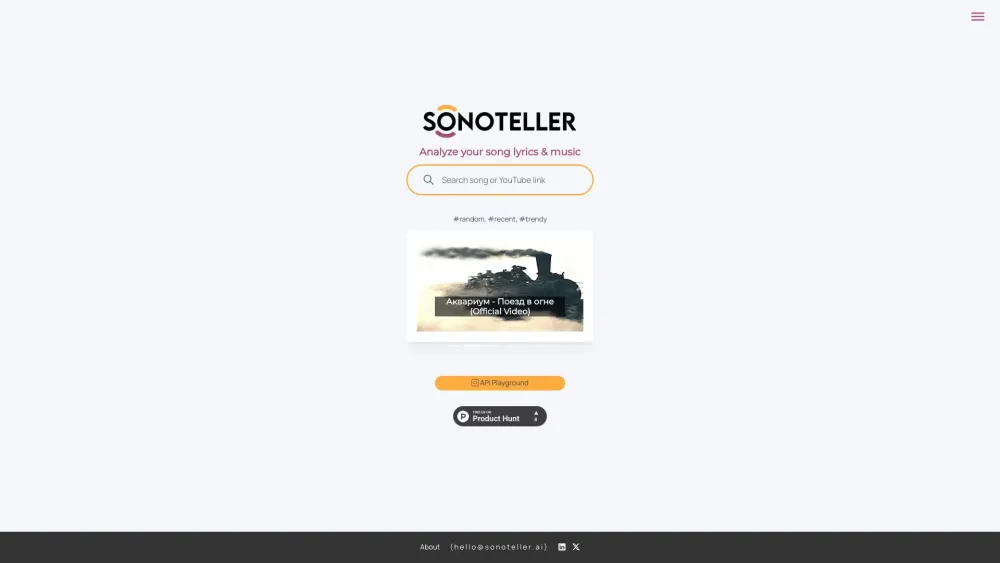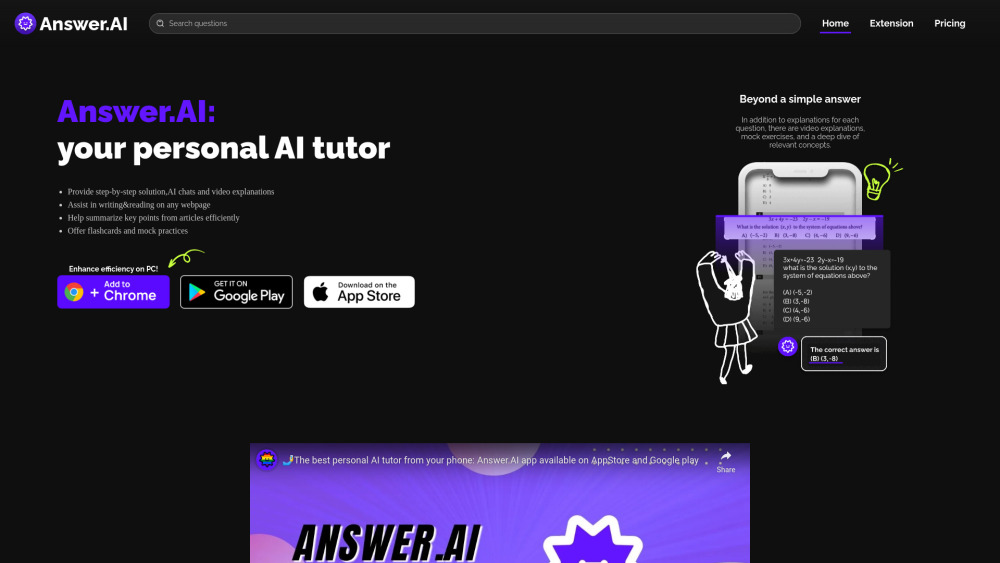Vector databases are gaining immense popularity, as evidenced by the surge in startups entering the field and the significant investments pouring in. The rise of large language models (LLMs) and the generative AI (GenAI) trend has created a thriving environment for vector database technologies to advance.
Traditional relational databases like Postgres and MySQL excel at handling structured data—data that fits neatly into predefined rows and columns—but they struggle with unstructured data types, such as images, videos, emails, and social media posts, which do not conform to a strict data model.
In contrast, vector databases utilize vector embeddings to store and process data, converting text, documents, images, and more into numerical representations that encapsulate the meanings and relationships among various data points. This approach is particularly beneficial for machine learning, as it spatially organizes data based on relevance, facilitating the retrieval of semantically similar information.
This capability proves invaluable for LLMs, such as OpenAI’s GPT-4, enabling AI chatbots to grasp conversational contexts by analyzing previous interactions. Additionally, vector search excels in real-time applications, including content recommendations across social networks and e-commerce platforms, by quickly retrieving items related to a user’s search history.
Vector search can also mitigate “hallucinations” in LLM applications by supplying additional context that may not have been included in the initial training dataset. Andre Zayarni, CEO and co-founder of vector search startup Qdrant, shared, “While you can develop AI/ML applications without vector similarity search, it often requires more extensive retraining and fine-tuning. Vector databases become essential when managing large datasets and needing a tool for efficient handling of vector embeddings.”
Earlier this year, Qdrant secured $28 million in funding, positioning itself among the top 10 fastest-growing commercial open-source startups last year. The vector database market is bustling, with companies like Vespa, Weaviate, Pinecone, and Chroma collectively raising $200 million recently to expand their vector capabilities.
Since January, Index Ventures has led a $9.5 million seed round for Superlinked, a platform that transforms complex data into vector embeddings. A recent reveal by Y Combinator (YC) of its Winter ’24 cohort showcased Lantern, a startup offering a hosted vector search engine for Postgres.
Similarly, Marqo raised $4.4 million in seed funding late last year and followed it with a $12.5 million Series A in February. The Marqo platform offers a comprehensive suite of vector tools, from generation and storage to retrieval, allowing users to bypass third-party tools like OpenAI or Hugging Face—all accessible via a single API.
Co-founders Tom Hamer and Jesse N. Clark previously held engineering positions at Amazon, where they recognized a pressing demand for semantic and flexible searching across different data types like text and images. This realization compelled them to establish Marqo in 2021.
“At Amazon, my work in visual search and robotics got me thinking critically about vector search and innovative ways to improve product discovery,” said Clark. “In robotics, I applied multi-modal search to sift through images to identify misplaced items, a challenge that would have been difficult to address otherwise.”
Enter the Enterprise
As vector databases capture attention amid the excitement surrounding ChatGPT and the GenAI movement, they are not a one-size-fits-all solution for every enterprise search requirement.
“Specialized databases are designed with specific use cases in mind, allowing for optimized performance and user experience,” noted Peter Zaitsev, founder of database support and services company Percona. “In contrast, general-purpose databases must accommodate a wider range of functionalities, which can hinder performance for particular tasks.”
While specialized databases may excel in certain areas, established database providers like Elastic, Redis, OpenSearch, Cassandra, Oracle, and MongoDB are beginning to incorporate vector database search capabilities. This trend is also mirrored by cloud service providers such as Microsoft Azure, Amazon AWS, and Cloudflare.
Zaitsev likens this evolution to the rise of JSON over a decade ago when web applications demanded a human-readable, language-independent data format. This led to the emergence of document databases like MongoDB, while existing relational databases adopted JSON functionalities.
“I believe we are on a similar path with vector databases,” Zaitsev remarked. “Users engaged in developing complex, large-scale AI applications will likely turn to dedicated vector search databases, while those seeking to introduce basic AI functions into their existing systems may opt for vector search features within their current databases.”
Zayarni and his Qdrant team maintain that native solutions centered around vectors will deliver the necessary "speed, memory safety, and scalability" as vector data continues its rapid growth, especially compared to companies that add vector search capabilities as an afterthought.
“They claim, ‘We can also do vector search if needed,’” Zayarni explained. “Our proposition is, ‘We excel in advanced vector search.’ Specialization is key. We recommend beginning with the database already in your technology stack, but users will eventually encounter limitations if vector search becomes a crucial element of their application.”




